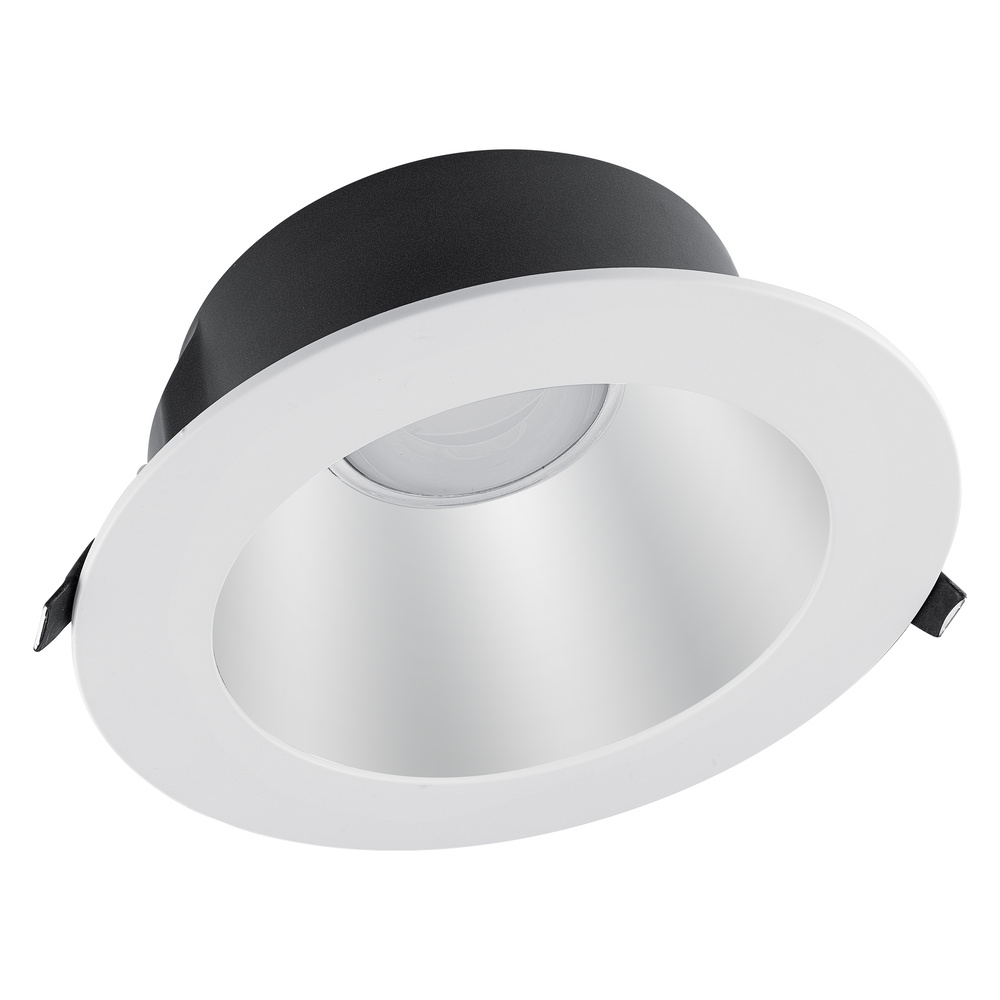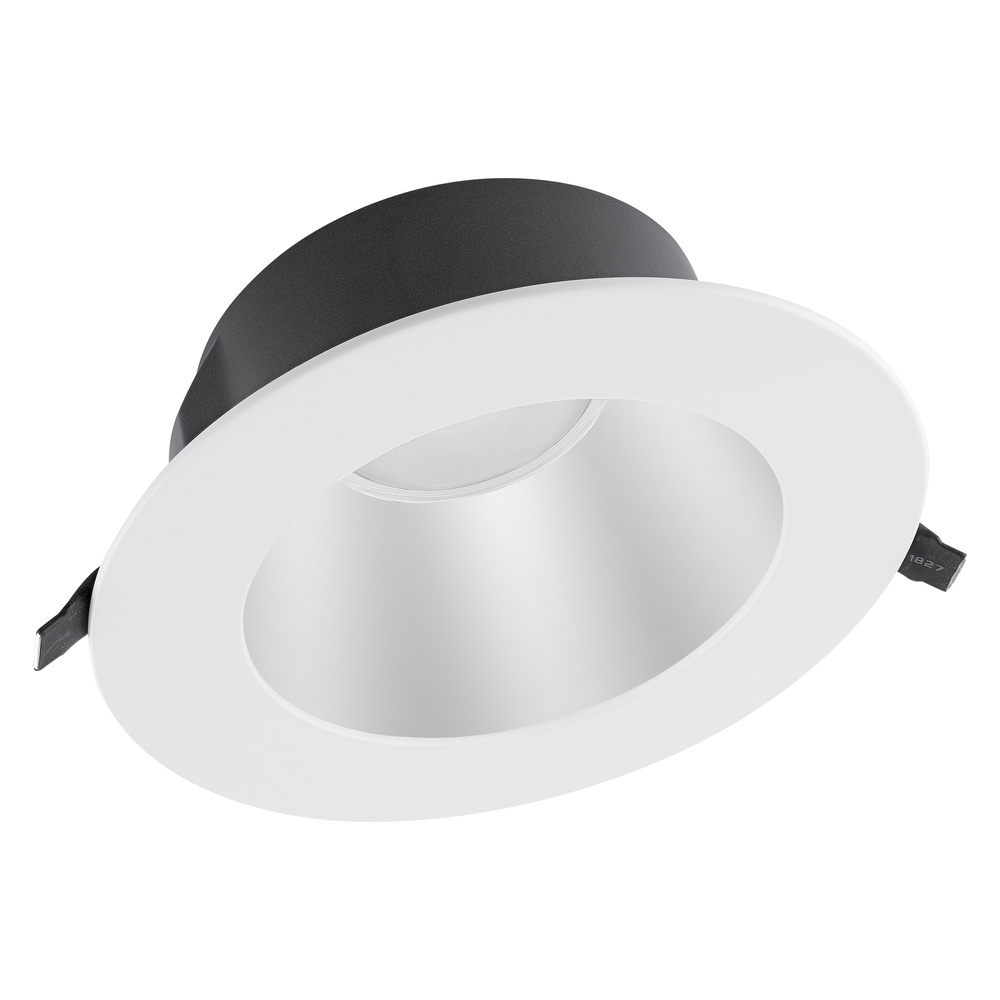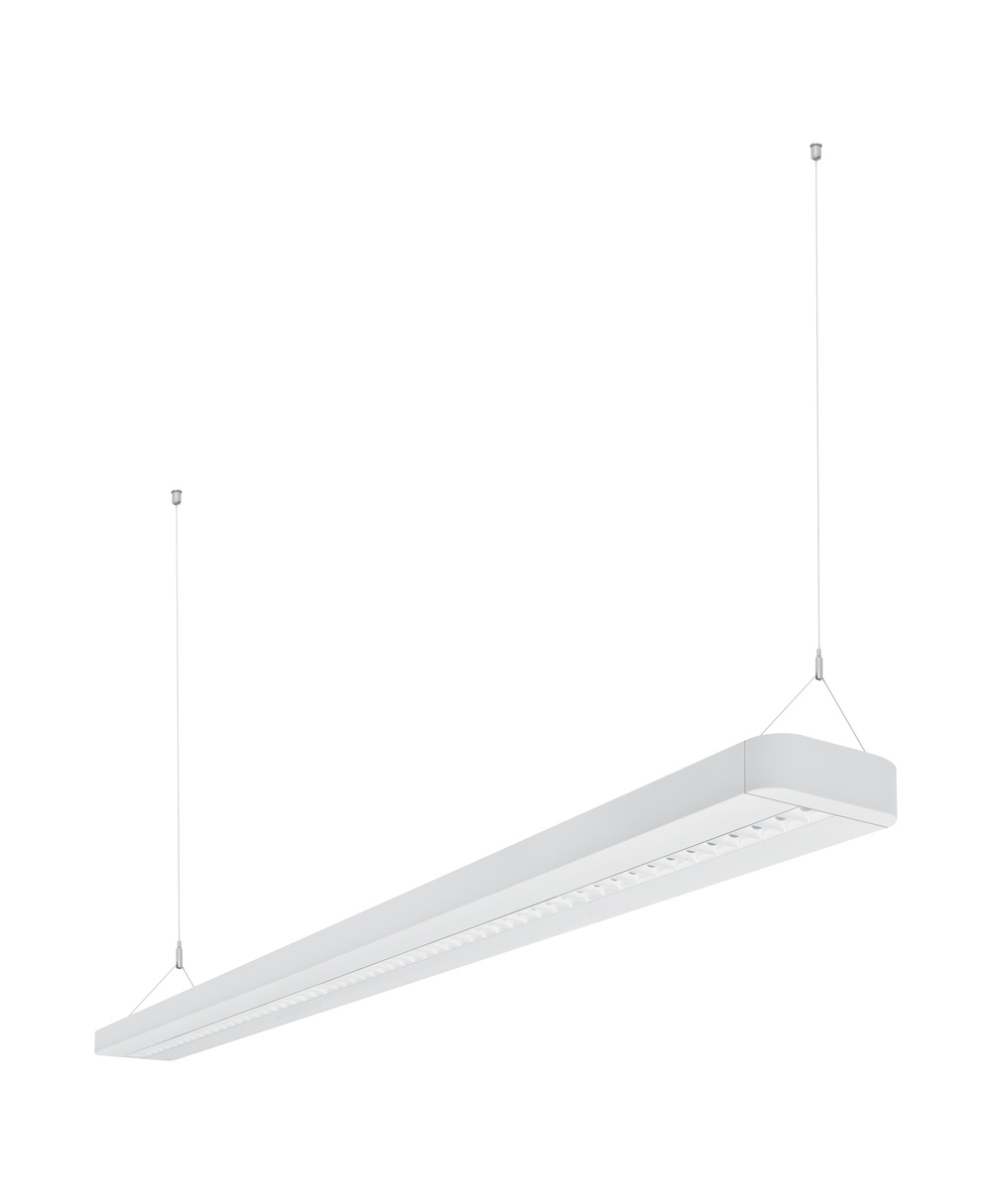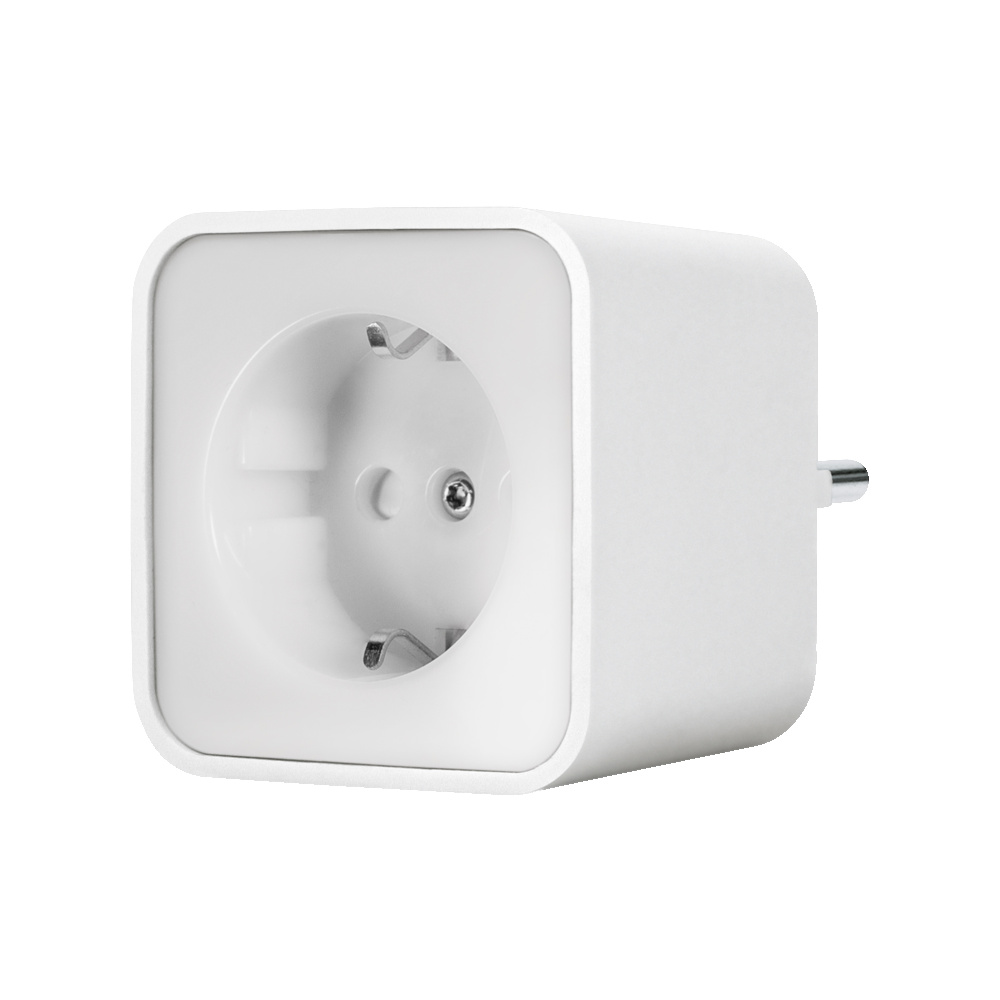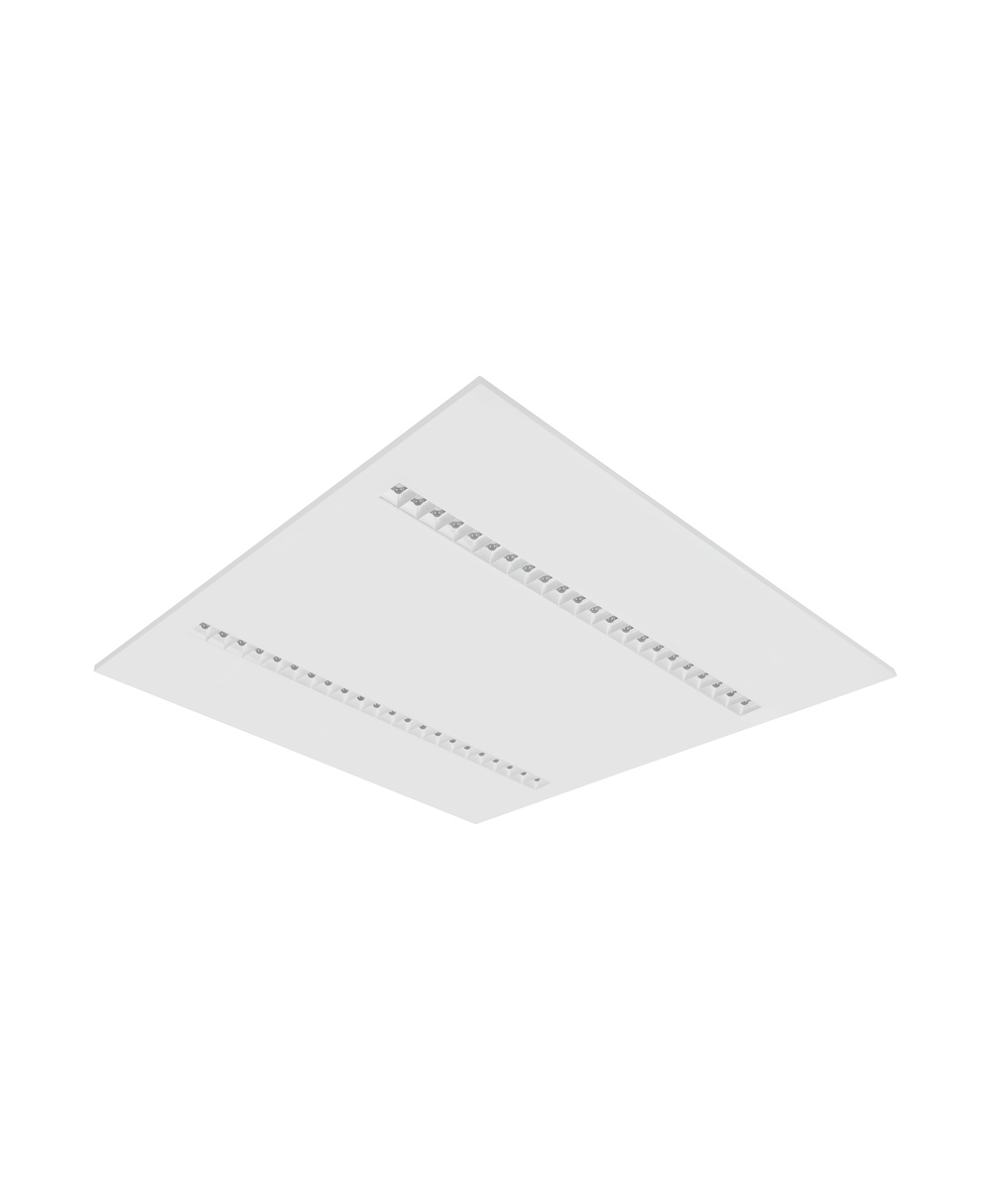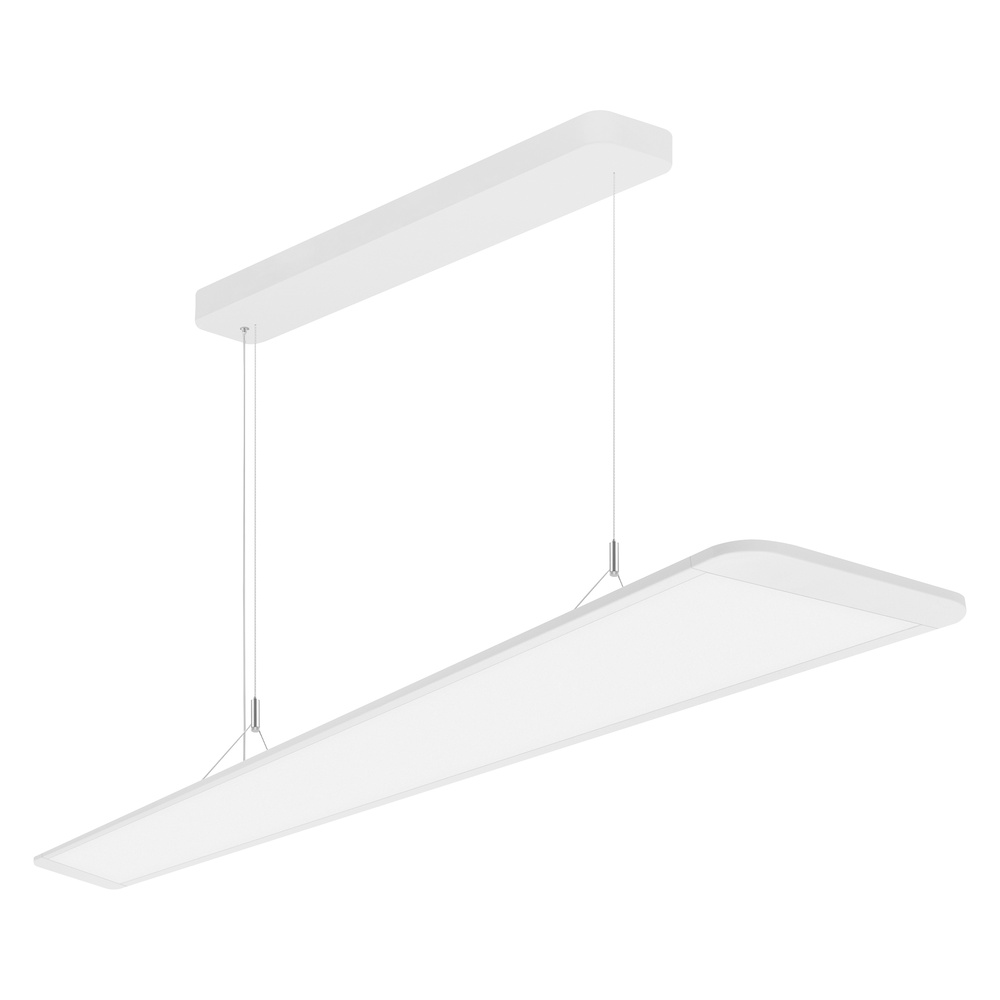ZigBee - All you need to know
Anyone who deals with smart home technologies cannot avoid the ZigBee wireless standard. But what exactly is behind this name and how does the popular wireless technology work?
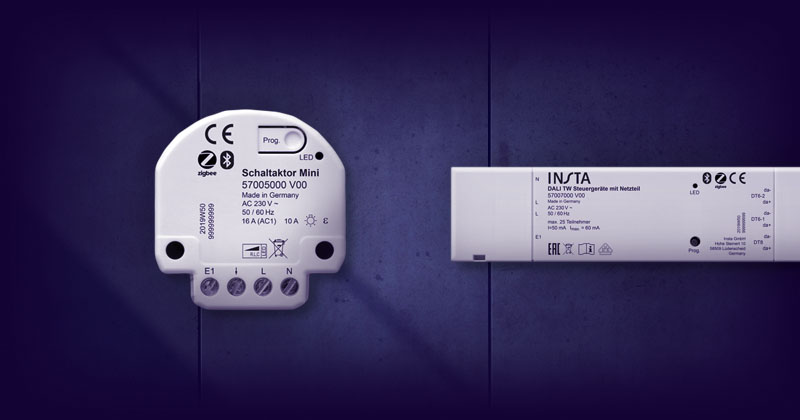
What is ZigBee?
ZigBee is an energy-efficient wireless protocol developed specifically for smart home and IoT devices. The ZigBee protocol is widely regarded as a radio standard alternative to Wi-Fi and Bluetooth in the IoT sector - especially for low-power devices that do not require a large bandwidth. With ZigBee, you can connect smart devices such as lights, sockets, locks, radiator thermostats and switches in your smart home network.
Why ZigBee?
ZigBee is the key to manufacturer-independent communication in the smart home. With ZigBee, you can use devices from a wide range of brands in a shared network. This gives you maximum flexibility and future-proofing when choosing your smart home devices. Thanks to the high level of interoperability, devices from different manufacturers can also communicate with each other.
How does ZigBee work?
ZigBee devices are based on a central ZigBee hub (gateway), which is connected to the Internet and controls all devices. The devices themselves communicate via a so-called mesh network. This means that each device not only receives signals, but also forwards them to other devices. This creates a stable and far-reaching network.
In addition, the coordinator, i.e. your ZigBee app, is connected to the gateway. This allows you to control your smart home devices from virtually anywhere.
Protocol and range
ZigBee works with the IEEE 802.15.4 protocol over 2.4 GHz. The radio protocol was developed and ratified back in 2003 specifically for low-cost, battery-operated devices. In contrast to WLAN, for example, the range of ZigBee indoors is somewhat shorter at 10-100 meters because it consumes less power. This means that battery-powered devices can be operated for longer.
However, the shorter wireless range is basically irrelevant. The devices form a so-called mesh network. This means that each node transmits the signal. This means that a range of several 100 meters is possible.
Communication via mesh networks
In contrast to Bluetooth, ZigBee does not rely on point-to-point communication, but communicates via a mesh network. Several devices take on the role of a ZigBee router or ZigBee repeater. They therefore not only send the signals back to the transmitter, but also repeat them and transmit them to the other devices in the vicinity.
As a result, mesh networks have a greater range and higher reliability than conventional star networks.
Advantages of the mesh network
- Long range: ZigBee devices can transmit signals over several hundred meters.
- Reliability: If one device fails, the remaining devices pass on the signal.
- Scalability: Up to 65,000 devices can be connected in a single ZigBee network.
Variety for your smart home
ZigBee is supported by a broad alliance of manufacturers, including well-known brands such as:
- Philips Hue (smart lighting)
- IKEA TRÅDFRI (smart bulbs and switches)
- Samsung SmartThings(compatible hubs and devices)
- Bosch und Osram / Ledvance (sensors and lights)
- Amazon Echo Plus (multi-purpose hub with voice control)
- Innr (smart lighting systems)
Important components for your ZigBee network
Setting up a ZigBee network for your smart home is simple and straightforward. You only need three types of products:
1. ZigBee gateway (hub): It connects all ZigBee devices and the internet. You can choose between special hubs, multi-purpose hubs and bridges.
2. smartphone or tablet: With the corresponding app, you can conveniently control your network from anywhere.
3. ZigBee-compatible end devices: These include smart lamps, sockets, sensors and more.

ZigBee-Gateway
A gateway (also known as a hub or bridge) is the control center of a smart home network that connects all participating end points, the Internet and your ZigBee app wirelessly. You connect the gateway to the Internet via cable or WLAN.
You can choose between three different types:
- Dedicated hubs, such as the Samsung SmartThings Hub, automate and control devices from as many brands as possible, but have no additional functions.
- Multi-purpose hubs, such as the Amazon Echo Plus, automate and control devices and simultaneously fulfill another function, e.g. that of a smart speaker.
- Bridges, such as the Philips Hue Bridge, help products of a single brand or product type, e.g. a smart light bulb, to connect to the internet and mobile devices.
Smartphone or Tablet
All you need to control your smart appliances is a mobile and internet-enabled device: a smartphone or tablet.
There you install the corresponding app that is connected to your hub, set up your ZigBee devices and control them.
Tip: You can also control your devices or lighting systems using a remote control or voice assistant.
Smart home devices that are compatible with ZigBee
ZigBee is supported by an alliance of companies that use the protocol in the development and manufacture of their products. There are currently more than 400 members who together manufacture more than 2,500 ZigBee-compatible products. ZigBee-certified products are designated by the ZigBee Alliance.
These include all major smart home players such as Samsung with its SmartThings product line, Amazon, Philips Hue, IKEA, Panasonic, Osram / Ledvance, Bosch, Miele and many more. The product range is correspondingly broad - from special ZigBee sockets and ZigBee lamps to ZigBee motion detectors/sensors, radiator thermostats and smoke detectors.
The advantages of ZigBee
The advantages of ZigBee ZigBee offers users a cost-effective alternative to Bluetooth and WLAN technologies for setting up intelligent home networks.
Some of the biggest advantages of ZigBee are:
- Energy efficiency: due to its low energy consumption, the battery life of your devices with ZigBee is significantly longer than with WLAN. This means you save energy and money with ZigBee. It also protects the environment as you use smaller batteries that last longer.
- High compatibility: ZigBee makes it possible to connect a wide range of device manufacturers in one network. Thanks to backwards compatibility with older ZigBee products, these can also be connected and communicate with each other.
- Wide range thanks to mesh network: Thanks to the mesh network, the ZigBee protocol offers a greater radio range and more stable coverage than Bluetooth or WLAN. Each device is connected to another without a hierarchy, so you can reach more connected devices without a repeater. So you can add an almost unlimited number of devices to your network.
- Thousands of nodes: ZigBee PRO 2015 technology supports up to 65,000 nodes within a single network. This allows you to extend the transmission range to a large area, a building with several floors or a house with several residential units.
- Low data volume: Since ZigBee is optimized for small, fast data packets, wireless networks are relieved.
- Frequency: ZigBee operates on the worldwide license-free 2.4 GHz frequency, enabling global interoperability.
- Data rate: With a data rate of up to 250 Kbit/s, ZigBee is perfect for applications that do not require a high bandwidth.
Tip: ZigBee is an ideal wireless standard for users with little technical experience due to its simple installation and commissioning. Existing systems can be easily retrofitted as ZigBee supports numerous actuators and sensors.
Is Zigbee secure?
ZigBee uses 128-bit AES encryption. This makes ZigBee just as secure as other wireless protocols. Regular software updates and upgrades help to keep the system at the highest possible security level and fix security vulnerabilities.
To increase security, you can outsource your smart home network to a separate WLAN.
Questions?
Our light experts at WATT24 will be happy to help you if you have any questions about ZigBee, smart lighting solutions or compatible products. Do not hesitate to contact us!


